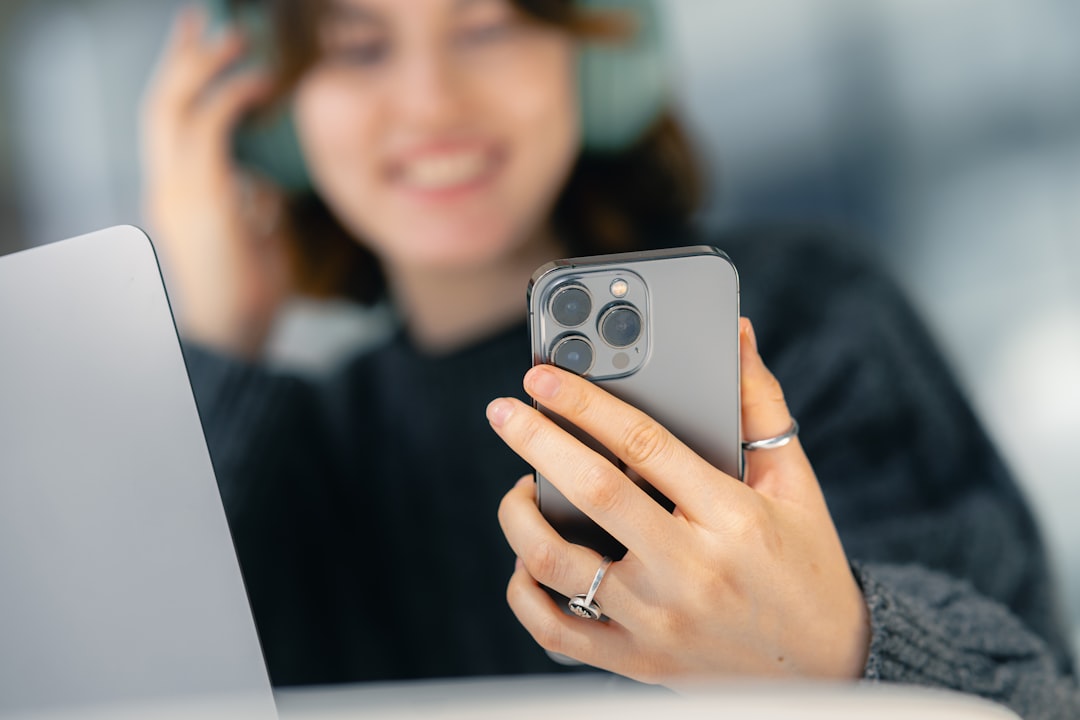In the evolving digital landscape, one trend reshaping how users interact with content is visual search. It’s no longer just text-based queries dominating search engines—people are increasingly turning to images to find what they need. For bloggers and content creators, this shift brings both new challenges and promising opportunities. If you run a blog, especially one that relies heavily on visual content, understanding and utilizing visual search technology can significantly enhance your reach, traffic, and overall online visibility.
What Is Visual Search?
Visual search is an advanced form of search technology that uses real-world images like photographs or screenshots as input, rather than text. By using artificial intelligence and machine learning, search engines can analyze and identify components within an image and return relevant search results. Platforms like Google Lens, Pinterest Lens, and Bing Visual Search are all examples of how this technology is already available and widely used.
Unlike traditional search, which depends on keywords, visual search relies on identifying shapes, colors, patterns, and other visual cues to understand the user’s intent. For instance, if a user sees a dining set they love in a friend’s living room, they can take a picture, upload it via a visual search app, and receive links to similar or exact products online instantly.

Why Bloggers Should Care About Visual Search
To grasp the importance of visual search for bloggers, consider how people consume content today. They scroll quickly, scanning images faster than headlines or paragraphs of text. If your blog includes high-quality, well-optimized images, you’re not just catching readers’ attention — you’re improving your discoverability through visual search engines.
Here are some crucial reasons why visual search matters for bloggers:
- Greater Exposure: With the help of image recognition, your blog images can appear in visual search results, driving more organic traffic.
- Improved User Experience: Visual content simplifies complex topics. Incorporating visually rich elements enhances navigation and comprehension, engaging users better.
- Higher Conversion Rates: When readers find what they were visually looking for—quickly and efficiently—there’s a higher chance they’ll stay, subscribe, or make purchasing decisions.
Optimizing Your Blog for Visual Search
If visual search is a rising tide, your blog should be well-positioned to ride the wave. Optimization is key. Below are some actionable steps you can take:
1. Use High-Quality, Original Images
Always aim to include crisp, relevant, and high-resolution visuals in your blog posts. Avoid generic stock photos when possible. Authentic images that accurately reflect your content are more likely to be indexed and selected by visual search engines.
2. Add Descriptive Alt Text
Alt text not only enhances accessibility for users with disabilities but also provides essential clues to search engines about the content of an image. Use concise, keyword-rich alt descriptions that contextually link the image to your article.
3. Incorporate Schema Markup
Structured data or schema helps search engines better understand the content on your blog. Using ImageObject schema allows you to provide additional metadata about your images, increasing their chances of appearing in rich results.
4. Name Files Strategically
Before uploading images, name them descriptively. Avoid default names like “IMG1234.jpg” and instead choose something like “organic-farm-fresh-tomatoes.jpg”. File names are subtle yet influential visual search indicators.
5. Focus on Contextual Relevance
Ensure that images align well with the textual content of your blog. Search engines evaluate if the image is genuinely relevant, so simply pasting in visuals for aesthetic purposes may not improve search discoverability.
6. Use Captions and Surrounding Text
Captions tell readers and bots what they are looking at. Surrounding your images with keyword-rich paragraphs can also boost contextual signals, which are vital for SEO and visual recognition alike.
Platforms Leading the Visual Search Movement
Understanding the platforms driving visual search technology can help bloggers refine their strategy. Here’s a breakdown of some major players:
- Google Lens: Integrates with Google Search and Android cameras, helping users identify products, landmarks, plants, and more through images.
- Pinterest Lens: Allows users to conduct searches based on pins or mobile camera inputs. Ideal for lifestyle, DIY, and fashion blogs.
- Amazon StyleSnap: Shop similar clothing by uploading photos – a financial powerhouse for fashion bloggers using affiliate marketing.
By aligning your blog content with these platforms, you’ll have a better chance of getting noticed through image-based queries.
Visual Search and eCommerce Bloggers
If your blog incorporates affiliate links, product reviews, or sponsors online shops, visual search can significantly boost conversions. Visual search bridges the gap between inspiration and action. Blogs featuring attractive product images may now serve not only as informative resources but also as digital storefronts redirecting searchers directly to purchase pages.
Imagine a reader admiring an image of your home office setup. With a tool like Google Lens, they can find and potentially purchase the exact items shown in your photo—all starting from your blog. That’s a powerful monetization strategy made possible by harnessing visual search optimization.

Voice and Visual Search: The Two V’s Shaping the Future
While visual search gains traction, it often complements another rising trend—voice search. Together, they redefine how users seek information. A person might use a smart assistant to ask a question, then rely on a visual search to find an item they saw in real life. This blended behavior indicates a shift in content consumption toward convenience and intuitiveness, aligning with lifestyles that favor multitasking and instant satisfaction.
This is why bloggers should develop content that caters to both visual and auditory search preferences. For example, utilize conversational tone, naturally phrased questions, and multimedia-rich visuals throughout your blog posts.
Measuring the Impact of Visual Search Optimization
While tracking visual search performance may not be as straightforward as tracking text-based SEO, there are still methods you can use:
- Google Search Console: Examine image performance metrics, such as impressions and clicks, under “Performance > Search Type > Image”.
- Pinterest Analytics: Offers insights into how your pins perform in Lens searches.
- Heatmaps and UX Tools: Use tools like Hotjar or Crazy Egg to see how users engage with visuals on your site.
By monitoring these areas, you can refine your image strategies, prioritize high-performing content, and better meet the needs of visual-savvy users.
Conclusion
Visual search is not a futuristic phenomenon—it’s happening now. With engines becoming smarter and users becoming more visually oriented, it’s essential for bloggers to adapt. Visual content isn’t just about aesthetics anymore. It’s about accessibility, information delivery, user experience, and discoverability.
By optimizing your images thoughtfully—with purpose, structure, and relevance—you unlock new channels for organic growth. As competition for attention continues to increase, staying ahead of emerging trends like visual search might just be your key to long-term blogging success.
So, re-evaluate your blog from a visual perspective. Are your images clear, unique, and searchable? That’s where you can make the difference in the next stage of digital content visibility.